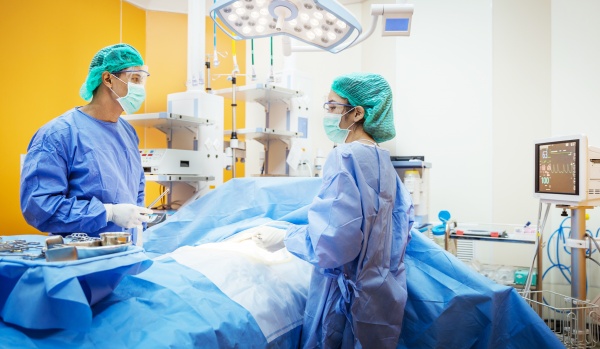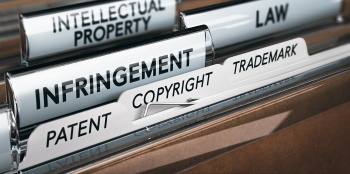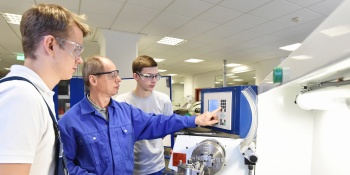
Process for the production of neo-tissues for transplants



Attractive

Low Complexity

Low cost
PROBLEM
Despite all advances in surgical techniques there is still no adequate method for tracheal replacement, thus generating a scientific and technical challenge. In view of this and current tracheal anomaly treatments involves a high economic, social, and human cost, the present technology describes a method of producing tracheal tissue for transplantation, which is a functional respiratory tract with internal and external cell adhesion, and presents high efficiency.
SOLUTION
The greatest benefit found in this technology is the high degree of decellularization, which allows implantation in vivo, with less immuno-mediated rejection and without the use of immunosuppressive, or in humans with small doses. In addition, mechanical, chemical, physical and biophotonic techniques are used for the removal of residual DNA, in order to obtain good frameworks with a reasonable cost that allows the exercise of translational medicine.

Idea

Laboratory

Prototype

Scheduling

Market
Agency Code
Patent
Date of deposit
Inventor(s)
Woner Mion
Vanderlei Salvador Bagnato
Aparecida Vitória Gonçalves de Souza
Natalia Mayumi Inada
Paulo Francisco Guerreiro Cardoso







